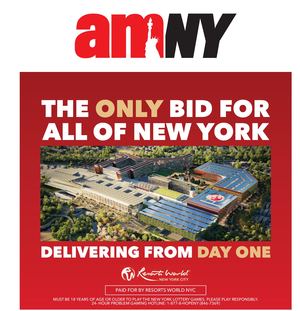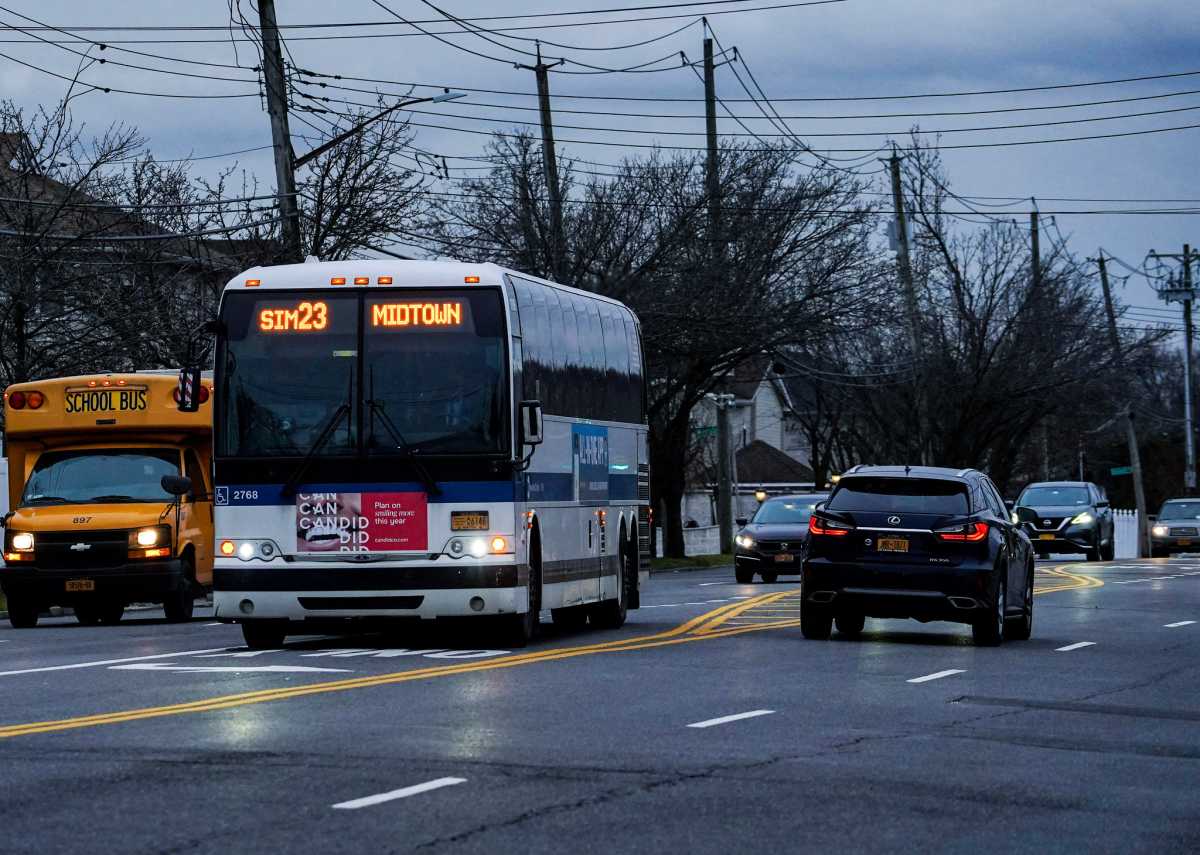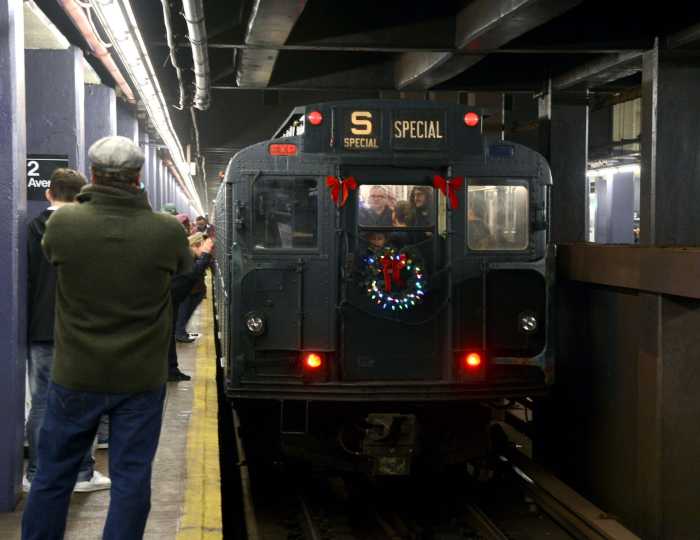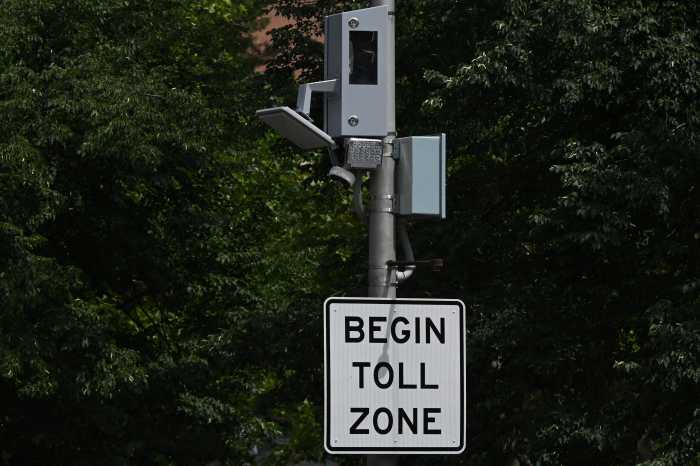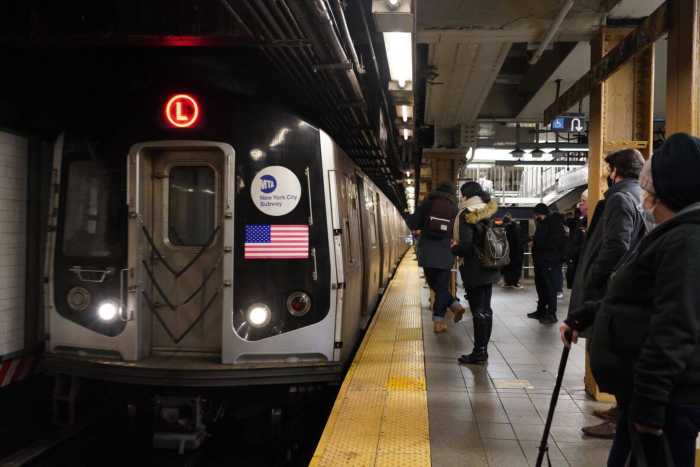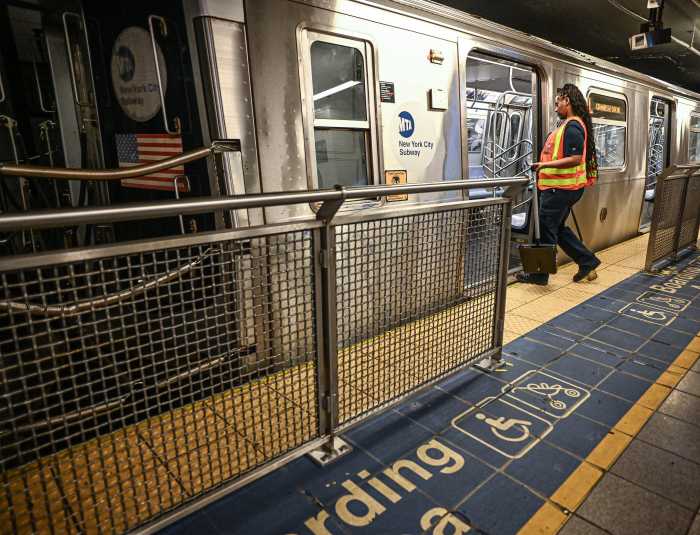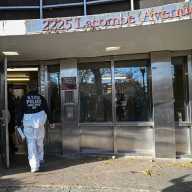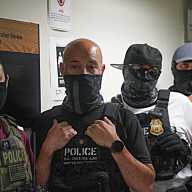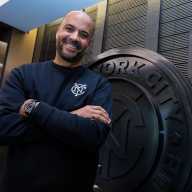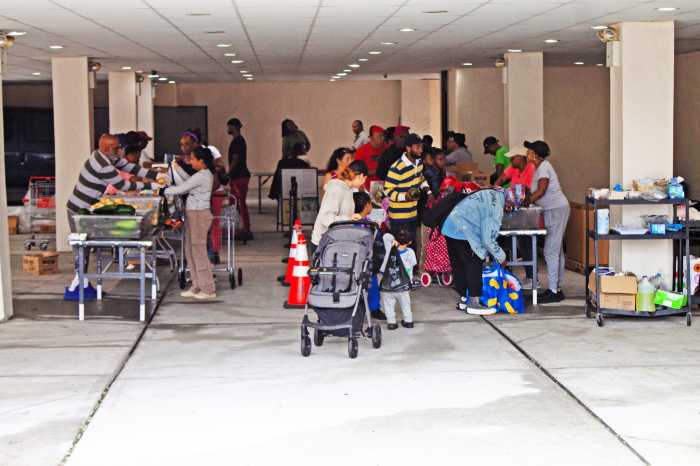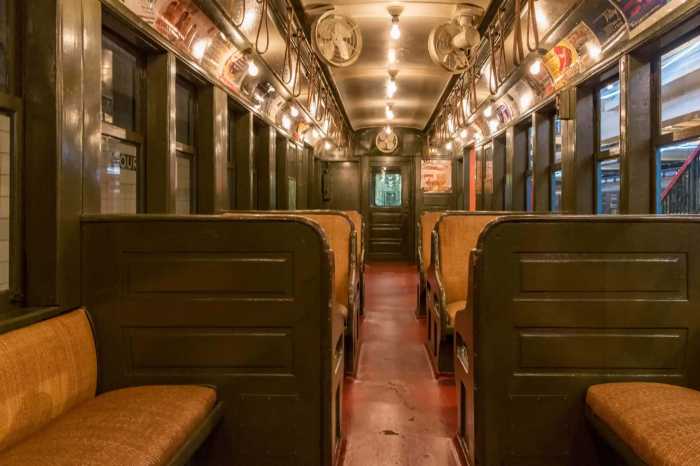amNewYork Metro, in conjunction with the MTA, present “Ask the MTA,” a column where MTA officials answer your questions about transit service in New York City. If you have a question for the MTA about subways, buses, commuter rails and more, email askthemta@amny.com.
Q: I’m an eighth-grade student who’s really excited about the new Student OMNY cards. Are they good for Express Buses? — Molly R., Castleton Corners
A: Like its MetroCard predecessor, Student OMNY cards can only be used for subway and local bus trips. But in a major change, they will be valid 24 hours a day, all year long for up to four free rides per day. – Frank Annicaro, Senior Vice President, New York City Transit Department of Buses
Q: What is the best way to recognize a bus operator for outstanding service? Last week, my driver on the B12 did a great job navigating through traffic and double-parked cars to get all of us riders to work on time and safely. — Luanne S., Prospect Park
A: Customers have a few options when it comes to submitting employee compliments:
- Texting the MTA on WhatsApp,
- Messaging our accounts on X or Facebook,
- Dialing 511 to speak with a Customer Service Representative,
- or by visiting a Customer Service Center to pass along a commendation in person.
You can also share more about your experience on the MTA website. Select the service used and then “Compliment” under the “What type of feedback are you leaving?” button and describe your experience. – Shanifah Rieara, MTA Chief Customer Officer
Q: When does the MTA plan to deploy the leaf-zapping “laser trains” to get rid of debris on the tracks? — Fred S., White Plains
A: “Laser trains” will be rolled out across both Metro-North and Long Island Rail Road beginning in October as soon as leaves start falling. As the name suggests, these trains use lasers to remove a sticky substance known as pectin from the rails that is released from crushed fallen leaves.
A buildup of pectin can lead to the condition commonly known as “slippery rail,” which railroads across the Northeast experience every fall. Slippery rail affects braking and sometimes causes trains that are pulling into stations to have trouble stopping and to slide past station platforms, causing wheels to develop flat spots.
When that happens, we have to take cars out of service for maintenance, which can lead to a backup of trains during the fall season – a major inconvenience to passengers. Thankfully, since the introduction of laser trains, this happens a lot less often. – Catherine Rinaldi, President, Metro-North Railroad
Read More: https://www.amny.com/nyc-transit/
